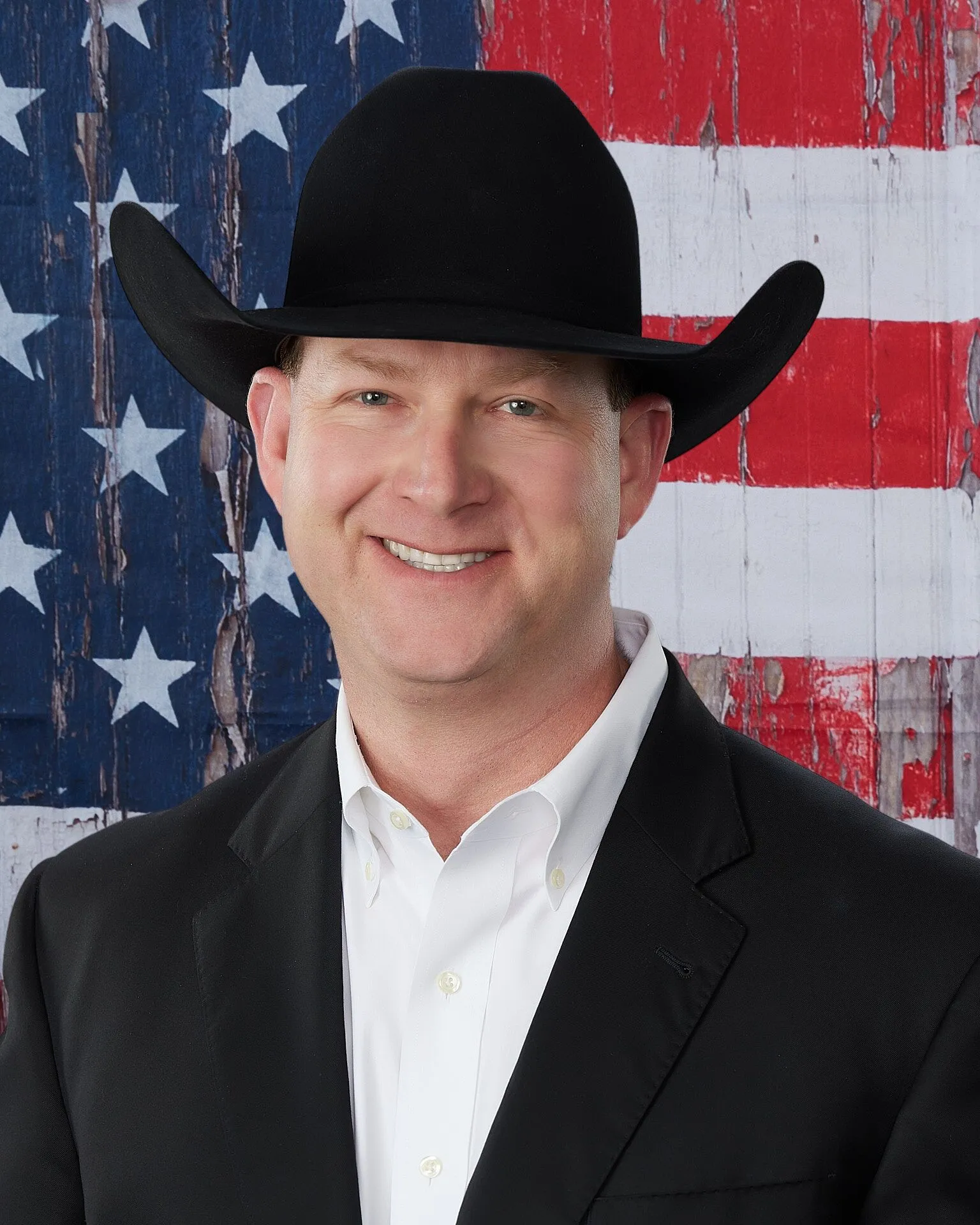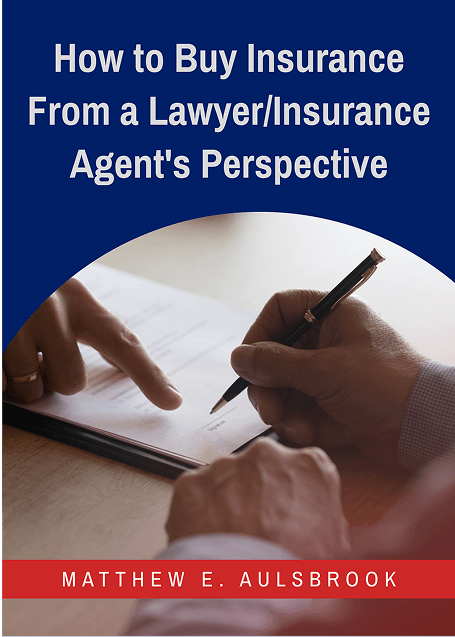According to the Centers for Disease Control and Prevention (CDC) data, the use of prescribed drugs to treat mental disorders is on the rise in the U.S. From 2019 to 2021, the percentage of adults who had received any mental health treatment increased from 19.2% to 21.6%, with the COVID-19 pandemic considered a significant exacerbating factor. And yet in many cases, the prescribed drugs are either misused or induce potentially serious adverse effects.
This study will look at the details around the downsides of prescribed psychiatric drugs. We’ll consider which parts of the U.S. have the biggest and most serious mental health problems (and the areas at the other end of the mental illness spectrum).
We’ll also consider which age groups are subject to the biggest rise in mental health treatment, which drugs represent the biggest side-effect threat, and a representative example of a drug that’s currently the subject of hundreds of lawsuits.
America’s Mental Illness Hotspots
23% of the U.S. population now reportedly suffers from mental illness; by February 2023, 30% of adults reported symptoms of anxiety and/or depression. That’s a lot of people dealing with debilitating conditions, often taking prescribed psychiatric drugs to ease associated effects. Yet some parts of the country have a bigger overall mental health problem than others.
Here are the 10 states that feature the highest percentages of people suffering from mental illness.
Narrowing our focus, let’s look at the 10 states that feature the most people suffering from acute mental illness.
Conversely, here are the 10 states that feature the lowest population percentages of people who suffer from a mental health disorder.
Mental Health Treatment: Age Ranges
Study data tells us that, between 2019 and 2021, the number of people in the U.S. receiving mental health treatment rose by 2.4% overall. But different age ranges saw different levels of mental health care uptake.
For 18–44 year-olds, the percentage of people subject to mental health treatment rose from 18.5% to 23.2% – a 4.7% rise. The main reason for the rise was an increase in adult mental health treatment for non-Hispanic Whites (from 23.8% to 30.4%) and non-Hispanic Asians (from 6% to 10.8%). In terms of gender, 18-44 year-old women were more likely than men to receive mental health treatment.
During the same period, there was no significant percentage change for adults over the age of 45 regarding their mental health treatment.
In 2021, in terms of the percentage of adults receiving mental health treatment, the number was highest for those aged 18–44 (23.2%), followed by 45–64 year-olds (21.2%) and those aged 65 and over (18.9%).
The Psychiatric Drugs Most Frequently Linked to Adverse Side Effects
When it comes to the drugs prescribed as part of mental health treatment, there are many different kinds. A 2023 CDC ‘State Unintentional Drug Overdose Reporting System’ (SUDORS) report on fatal overdose deaths involving psychiatric drugs suggested that, from 68,239 total deaths, 81.4% involved opioids, with 61.8% involving stimulants.
Cocaine and illegally-made fentanyl were the drugs most involved in fatal overdoses.
Here are some more details on the drug types commonly linked to misuse and dangerous side effects.
- Stimulants (including Adderall (amphetamine-dextroamphetamine) and Ritalin (methylphenidate))
Of 84,000 surveyed adults who were prescribed stimulants, 25% reported misuse, with 9% suffering from stimulant use disorder. Amphetamines like Adderall show much higher misuse levels (32%) than methylphenidate (10%).
- Antidepressants (including Selective Serotonin Reuptake Inhibitors (SSRIs) like Prozac and Zoloft)
SSRIs have been heavily implicated in a 60% rise in youth suicide, with the U.S. Food and Drug Administration issuing a boxed warning about untreated recipients of antidepressants.
The problem is so significant that renowned research publication Frontiers in Psychiatry felt compelled to ask the question: Are antidepressants more harmful than beneficial?
A 2024 study reported that Zoloft (sertraline) was subject to 23,732 adverse event reports in FAERS (the FDA’s adverse event report system), with Lamictal subject to 16,043.
- Antipsychotics (including Risperidone and Clozapine)
Antipsychotics are associated with side effects such as tardive dyskinesia, metabolic syndrome, and neutropenia. The problem is significant enough to have prompted the FDA to abolish risk evaluation and mitigation strategies (REMS) for clozapine due to their minimal impact on ensuring safety.
- GLP‑1 receptor agonists (including Ozempic and Wegovy (semaglutides))
Study data suggest that GLP-1 receptor agonists comprised 4.55% of 181,238 total AE (adverse event) reports (8,240 cases), with side effects including increased stress, insomnia, binge‑eating, fear, vomiting, and nervousness.
Lawsuits and Legal Action
Several drug companies have been subject to lawsuits due to the adverse effects of mental health drugs. One notable ongoing example involves Suboxone, a medicine produced and marketed by Richmond, Virginia, pharmaceutical company Indivior, which is administered to treat drug addiction dependence on opioids such as heroin or morphine.
Lawsuits claim that the drug’s acidic sublingual film formulation can cause serious dental problems such as tooth decay, oral infections, cavities, and even tooth loss, and that manufacturer Indivior failed to properly warn consumers about inherent risks.
In January 2022, the FDA added a warning to Suboxone’s label about such potential dental risks: this warning now represents a key litigative turning point, as many plaintiffs suffered injuries before this update. As of July 2025, there are 890 separate pending lawsuits pertaining to the case, regarding a failure to warn users of dangers, design defects, negligence, and breach of warranty.
The Negative Significance of the ‘Telehealth’ Boom
Study data emphasize another issue that has worsened the likelihood of less vigilant prescriptions of potentially dangerous drugs, initially triggered during the COVID-19 pandemic.
A lack of in-person care availability during this period led to a boom in remote telehealth – or virtual health care – prescribing practices. This ‘prescription shopping’ phenomenon has led to far more public access to the kinds of drugs that in-person medical professionals might be reluctant to prescribe, including GLP-1 agonists, which has raised concerns among many primary care physicians.
The Potential Harm Of Big Pharma
According to the National Library of Medicine, there are also serious ethical concerns about whether the pharmaceutical industry is focused on the mass-prescription of mental health medications at the expense of patient well-being.
There’s a belief among many medical experts that the pharmaceutical industry’s influence has led to overdiagnosis, over-medication, and the deliberate under-reporting of side effects. In other words, a scenario where profits are deemed more of a priority than patient health.
Mental health treatment rates rose from 19.2% to 21.6% between 2019 and 2021, with the sharpest increase among adults aged 18–44 (from 18.5% to 23.2%).
Dealing With the Growing Danger of Psychiatric Drug Prescriptions
As mental health treatment rates have continued to rise (particularly among young adults), more psychiatric drugs have been prescribed to help alleviate associated issues.
And this has led to an increase in adverse drug effects, from worsening existing symptoms and increased anxiety and nervousness, to irreversible physical injuries and even suicide.
Yet the levels of misuse and misprescribing of drugs remain underreported, with patients and families not always aware of their legal options, should they want to seek justice following adversity.
Numerous ongoing lawsuits underscore the growing scrutiny pharmaceutical companies continue to face regarding their failure to sufficiently forewarn consumers about dangers – a failure that may well be compromised by an inclination to put profits over patient health. And ‘telehealth’ prescription services facilitating far wider access to all kinds of potentially dangerous drugs increase the potential for misuse and misprescribing.
Until policies at national and state levels reflect the enormous threat misprescribing potentially lethal mental health drugs represents, thousands of U.S. lives each year will continue to face severe risk.
And for states seemingly ravaged by mental health issues, such as Oregon, Utah, and West Virginia, it might be far easier to confront the root causes of mental issues than continue to allow the unchecked proliferation of psychiatric drugs that too often do more harm than good.
The Texas Law Dog is ready to help you chase down your wrongful death case. Get in touch with us today for help – we don’t just bark, we bite!










